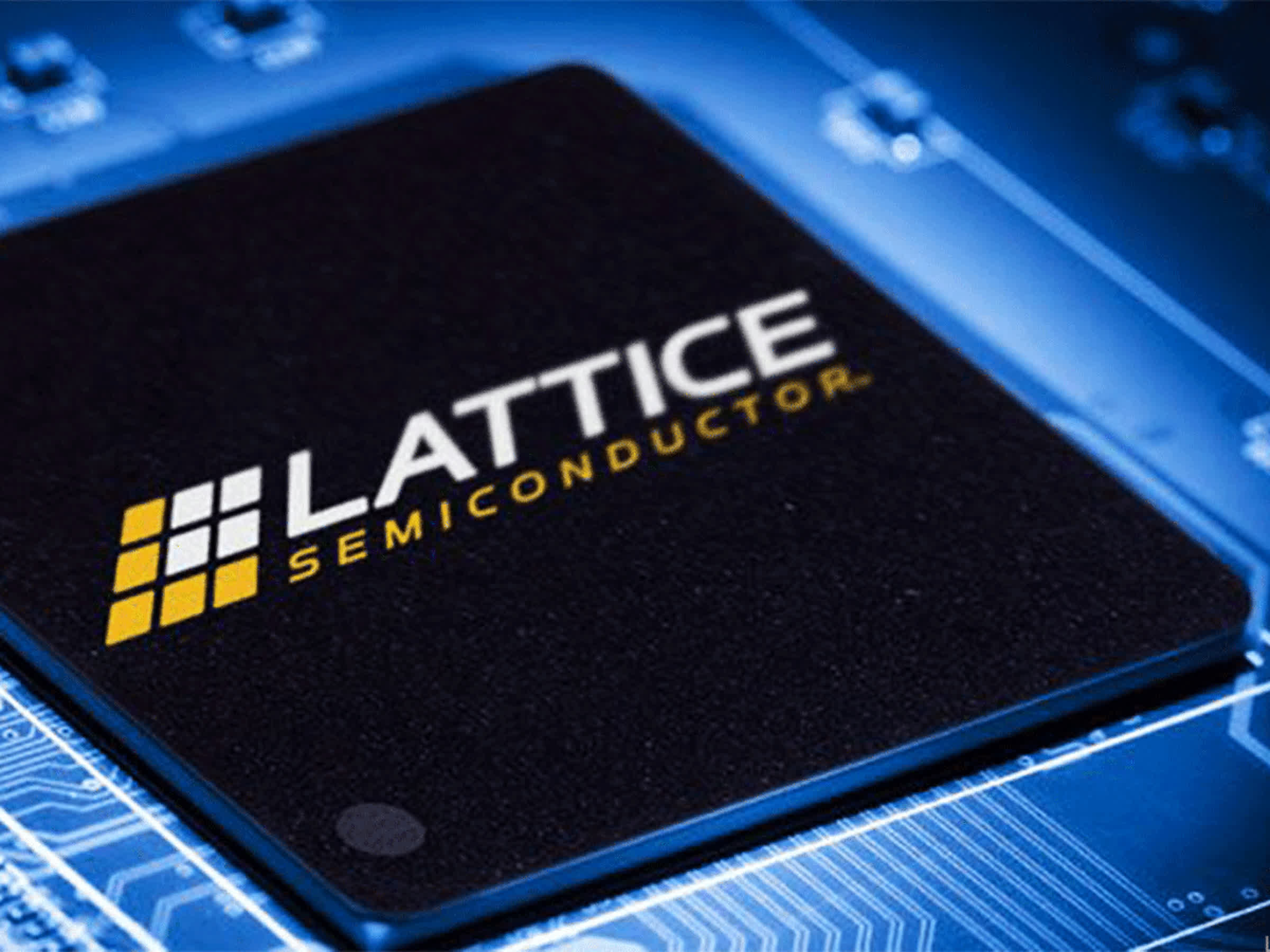When you have a product that's challenging to explain, it often helps to give simple examples to help people understand what it does and why it matters. Such is the case with a specialized type of semiconductor chip known as FPGAs (Field Programmable Gate Arrays), a powerful, but little understood component that's used in everything from PCs and servers to industrial machines, telecom networks, and military equipment.
At the launch of a new mid-range line of FPGAs from Lattice Semiconductor, the company used this approach, highlighting a straightforward visual demo of its new chip identifying and tracking vehicles from the camera of a connected car, a critical capability for assisted and autonomous driving features.
As the name suggests, FPGAs can be customized and programmed to perform certain functions directly in hardware. This gives them performance advantages for a number of specific applications. Even better, they can be reprogrammed after they've been installed, making them ideal not only for developing products (which demand new software and hardware updates all the time), but also for adding new capabilities to existing products.
In the world of AI and edge computing, it's not at all uncommon to have algorithms for doing things such as identifying and tracking objects being updated on a regular basis. FPGAs can be ideal for these kinds of applications precisely because of their programmability.
Over the past few years, Lattice Semi has focused its efforts on creating a full line of tiny, low power FPGAs it calls Nexus. In addition, the company has evolved its software offerings, creating a range of development tools such as Radiant and Propel, as well as a full suite of software platforms, such as SenseAI, mVision and ORAN, which are optimized for specific markets or applications.
As successful as Lattice Semi has been with its low-power Nexus line, the category only represents a third of the total FPGA market. Another third belongs to what's termed mid-range FPGAs, which offer more performance than their low-power brethren, but require more energy to run.
Lattice Semi's latest move brings them into this mid-range market with a new line of FPGAs dubbed Avant. These new chips offer a 5x improvement in capacity, 10x increase in bandwidth, and 30x jump in performance versus the Nexus line. Importantly, the new Avant chips work with all the company's existing software, making the transition easy for existing customers and allowing them to leverage their software development work.
From a competitive perspective, Lattice Semi claims that the performance of Avant is 2x faster and 2.5x more power efficient than similar chips from Intel (Altera/Stratix) and AMD (Xilinx). The Avant chips are also 6x smaller than competitors, which potentially makes them usable on circuit boards and in designs that other larger chips wouldn't be able to fit in.
Lattice Semi says they plan to introduce a range of products to its Avant line (along with new additions to Nexus). The first chip is called Avant-E and it's been optimized for edge computing applications, though the company was quick to point out that it can (and is) being used in other types of applications as well.
The top-of-the-line Avant-E 500 offers 5 TOPS (tera operations per second) of performance for AI-related applications running at a 350 MHz clock rate. In theory, this makes it well suited to run AI inferencing applications in edge computing devices, a field that looks to finally be getting some traction. The Avant FPGAs integrate security-specific hardware features, potentially making them a more attractive option for certain applications or hardware designs than other general purpose AI accelerators without integrated security.
Potentially even more compelling is that AI deep learning and neural network algorithms that are built with popular machine learning frameworks like Pytorch, Caffe, TensorFlow, etc. can be ported to work on these new chips using to the latest version of Lattice's SenseAI software platform.
The Lattice Semi software can basically import the high-level framework output and translate it into the instructions needed by the FPGA. This is a big deal, because few AI algorithm creators have much experience with FPGAs---the chips used to be somewhat notorious as very difficult to write software for---meaning there's a wealth of new programmers and applications that could start using the more powerful Avant line.
It's important to note that FPGAs don't necessarily work for every application. However, they are a potential solution for a significantly wider array of companies, devices, and applications than they currently serve, particularly in situations where flexibility and upgradability are key.
With the debut of Avant, Lattice Semi is growing its potential market and morphing into a more complete FPGA provider. Big name competitors like Intel and AMD certainly aren't going to shy away because of it, though, so the company needs to continue to innovate. Still, it's clear that the future of FPGAs overall are starting to look a lot more interesting.
Bob O'Donnell is the founder and chief analyst of TECHnalysis Research, LLC a technology consulting firm that provides strategic consulting and market research services to the technology industry and professional financial community. You can follow him on Twitter @bobodtech.
